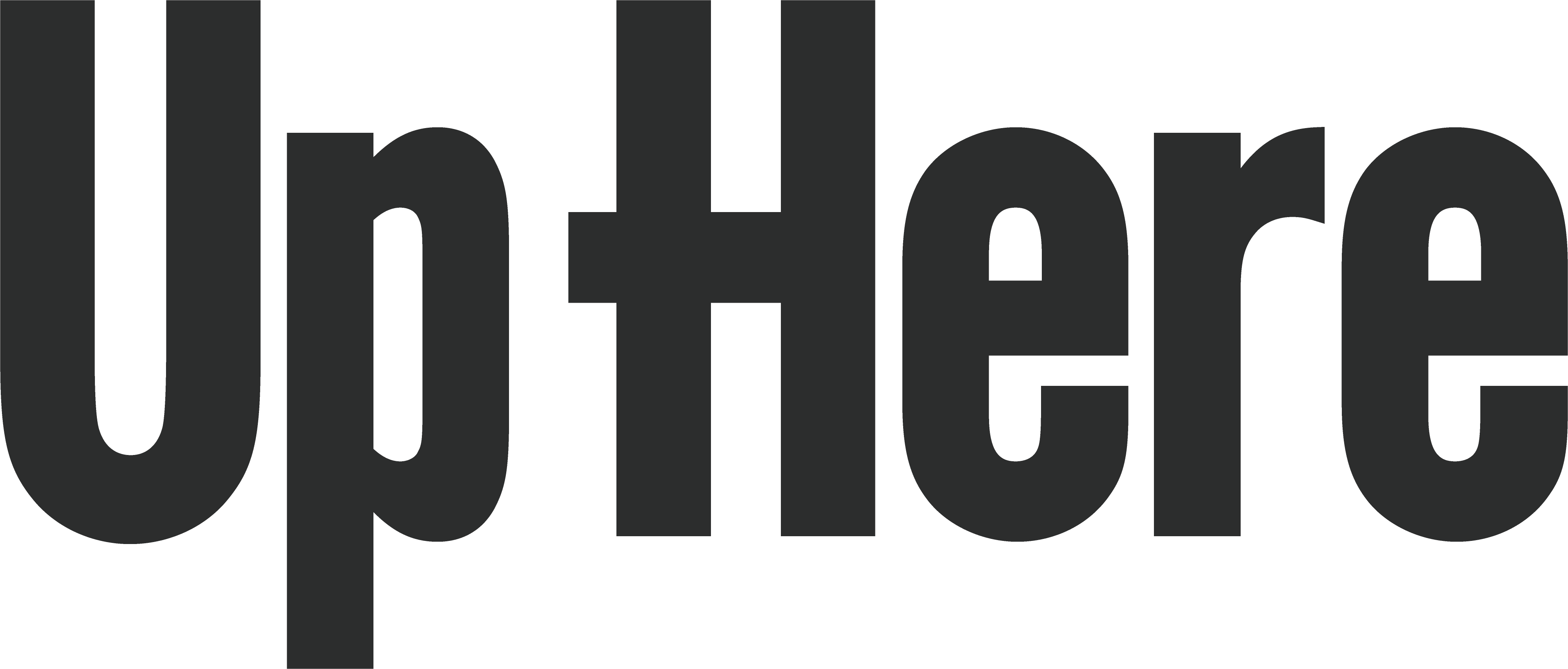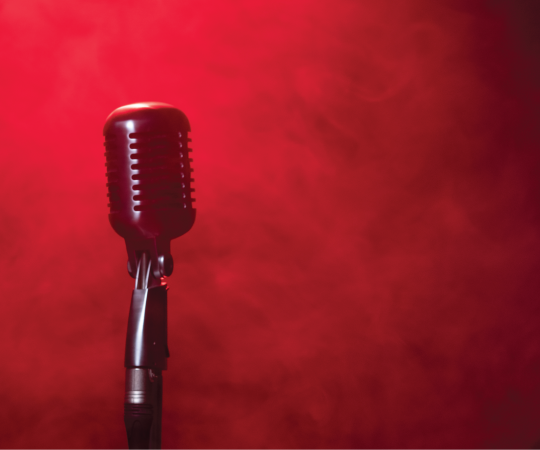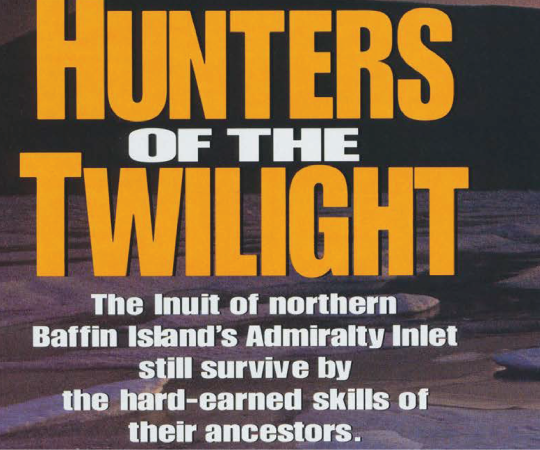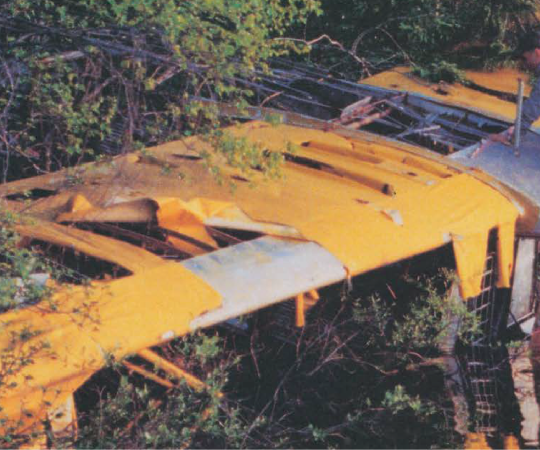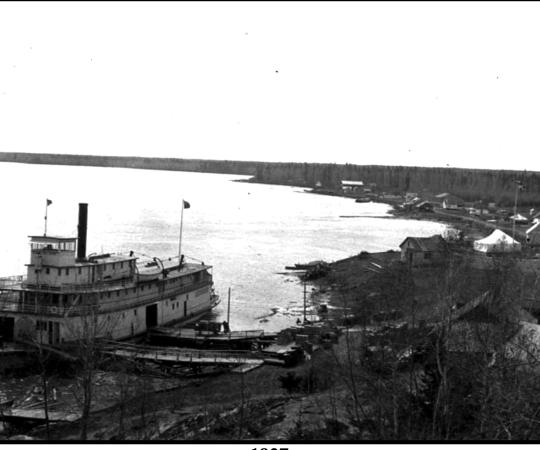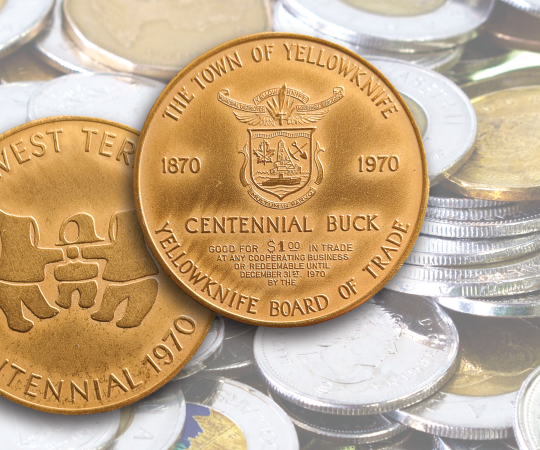Disparaged by many at the time of his original revelations of the fate of the 1846 Franklin Expedition, John Rae was unfortunately never given credit for many of his incredible accomplishments. Unlike many of the Arctic explorers, he also was never awarded a knighthood, likely due to the fact that the news he brought back to England included evidence of cannibalism on the part of the dying members of the expedition.
But John Rae was undoubtedly one of the most capable Arctic explorers in history, and certainly one of the best in terms of communicating what it was like to travel in the Arctic during one of the coldest periods in exploration history. His journals and correspondence highlight the stark reality of exploration in a time when budgets were slim and equipment untested, exploration parties were small, and conveyances were a far cry from the high-tech equipment being used today.
Rae’s journals and correspondence have been written about before, but never previously published in their entirety, until now. John Rae, Arctic Explorer is a collection of Rae’s actual journals, and includes many letters regarding plans for his travels and reports about his journeys. So this book is a real asset to anyone’s Arctic library.
Unlike many other explorers, Rae valued and utilized the skills of the Indigenous peoples among whom he travelled. He was a strong, organized leader who was able to inspire great efforts from his teams.
Running through all his journals is Rae’s sense of environmental responsibility and respect for animals, as well as for Indigenous peoples. In general, he lived by the rule of taking no more than you need, but preparing for good and bad times.
A touching example of Rae’s compassion: “A colony of lemmings had congregated on our pile of game (due to a flood)... I did not like to leave the poor trusting things to certain death, but I hit upon a plan that I hope saved most of them. I fixed (billets of firewood) with some string to branches at a height to which the water would not reach. Two longish pieces of willow were placed for the lemmings to use as a ladder to this place of safety, with some appropriating it before we left. So that they might not want for provisions, a piece of bread was laid beside them. It was coldish work, standing in (waist-deep) water doing this bit of humanity to our poor little neighbours.”
In November of 1847, Sir John Richardson asked Rae to serve as his second-in-command on an expedition to search for Franklin. This was an incredible overland journey to the Mackenzie, and east along the Arctic Coast to search in what is now known as the Beaufort Sea. Rae mapped the east coast of Victoria Island and determined that “there is a wide water channel dividing Victoria Land from North Somerset.” Rae writes eloquently of his experiences in finding two items likely from the Franklin ships and the disappointment of not being able to get across the Victoria Strait, but with some excitement at discovering that it was a strait, rather than a bay. At this time, Franklin’s two ships were caught in the ice, about 80 kilometres to the east, but inaccessible.

Rae’s strength and stamina were prodigious. On September 15, 1853, wintering at North Pole River, he “made tracks homeward, hungry as a hawk, for my day’s exercise had been a pretty tough one, having walked and run more than 30 miles, skinned and cut up five deer, carried some of them a considerable distance, and gathered together four or five tons of stones to make the caches.”
On Rae’s 1853-1854 expedition, he mapped not only some 300-plus kilometres of the Quoich River, but also the west coast of the Boothia Peninsula and confirmed that King William Land was an island, now called King William Island. When Y he returned to Naujaat, he encountered Inuit travellers, who brought a number of items from the Franklin expedition and confirmed the deaths of a number of white men. Knowing that there were expeditions scheduled to search other areas of the Arctic, Rae returned to Churchill and on to England where he delivered the news to the admiralty, including testimony from the Inuit as to the fact they had seen evidence of cannibalism among the starving men.
Rae’s actual journal as published here stops short just before the time he met with the Inuit, and there is speculation that there was more to the journal but that it was loaned out and never returned.
Still, this is a well-written and fascinating book edited together by William Barr. A well-known Arctic historian, and author of some 23 books (many about the exploration of the Siberian Arctic), Barr summarizes the rest of Rae’s life concisely and clearly, and includes an appendix of Rae’s own assessment of his achievements as an explorer (in a letter to Sir Henry Dryden, from 1856). Marginal notes and a section on biographies of many of Rae’s travelling companions, plus an extensive “Notes” section, as well as Rae’s essays on ice and building a snow house, and references, complete this beautifully executed biography of an incredible Arctic explorer.

